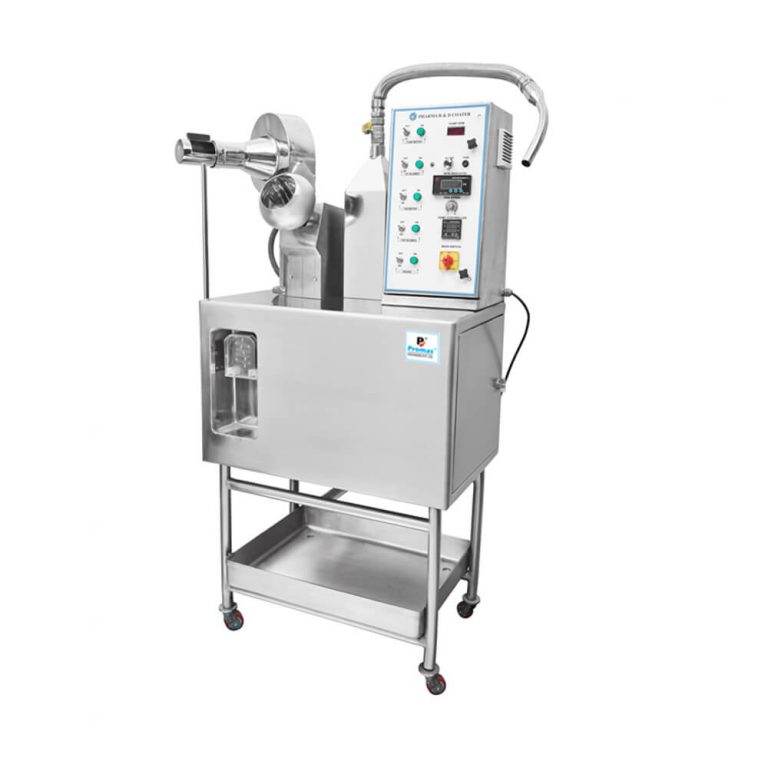A rotary oil ring pump is the simplest type of technological pump that allows air compression at the pump’s inner surface that creates space for suction, which helps to remove some of the air molecules from the area of vessels. It specifically works on the pumping principle of positive – displacement. The rotary oil ring pump designs possessed the position of the rotor, which is placed at the top level in an eccentrically and inner side of the cylindrical stator. Blades are present inside the rotor, which is sometimes moved out and in because of centrifugal force, which follows the housing’s internal area.
There are some benefits of Rotary Oil Ring Pump listed below:
- Oil sealed
- Prevent from Lubrication wear
- Reduced in Operating Temperature
- Effective Cleaning process
- High quality of vacuum in a one compressor unit
- The long service life of Blades.
- Optimisation of oil-water separation.
- High tolerance of water vapour by gas ballast
- Low level of noise
- Low vibrations
- Virtually pulsation-free
- Easy maintenance
- Best suited for industrial application in a wide range
- Completely oil-free
Operating Principle of Rotary Oil Ring Pump
Every oil-lubricated rotary pump design on some standard components and also depending upon the model and size. The lubrication in oil produced completely on differential pressure of the housing and on the oil separator. The position of the rotor in a cylindrical housing in the form of eccentrically. The blades are pressed in the housing wall by centrifugal force which generates three sections that help to capture the air. In the first section, the air passes via a suction flange in the chamber compressor. In the process of rotation in the rotor, the next blade closes another section. The gap between the blades is achieved at the maximum level of air volume. The combination of oil gas compressed by volume reduction blows into the oil separator housing. Some of the pump models will fit with the outlet’s valves that freeze the backflow of the discharged maximum air pressure, which reaches an extreme level, so it is advisable to switch off the pump. Oil can be segregated from gas in the complex construction of the oil separator. The quantity of oil is collected in large volume. This process helps to remove 95-98% of the oil quantity in the air. The remaining oil gas mixture is taken from filtered elements which remove the oil substances. The substances will be demonstrated via a float valve into the pump’s oil circuit. Virtually oil-free gas vanishes through the outlet of air or pipes.
These pumps designs are available in a compact form for easy accessibility. It simply removes the main housing base plate which does not disturb the structured alignment. In the pharma industrial model present in the vacuum pumps of high capacities majorly operates consistently in a very long period and the oil gets heated in the segment of friction.
Promas Engineers display the HMI screenshot to demonstrate the functionality of the machinery. These machinery products are specifically fabricated to provide a better suction level to eliminates the oil components.





